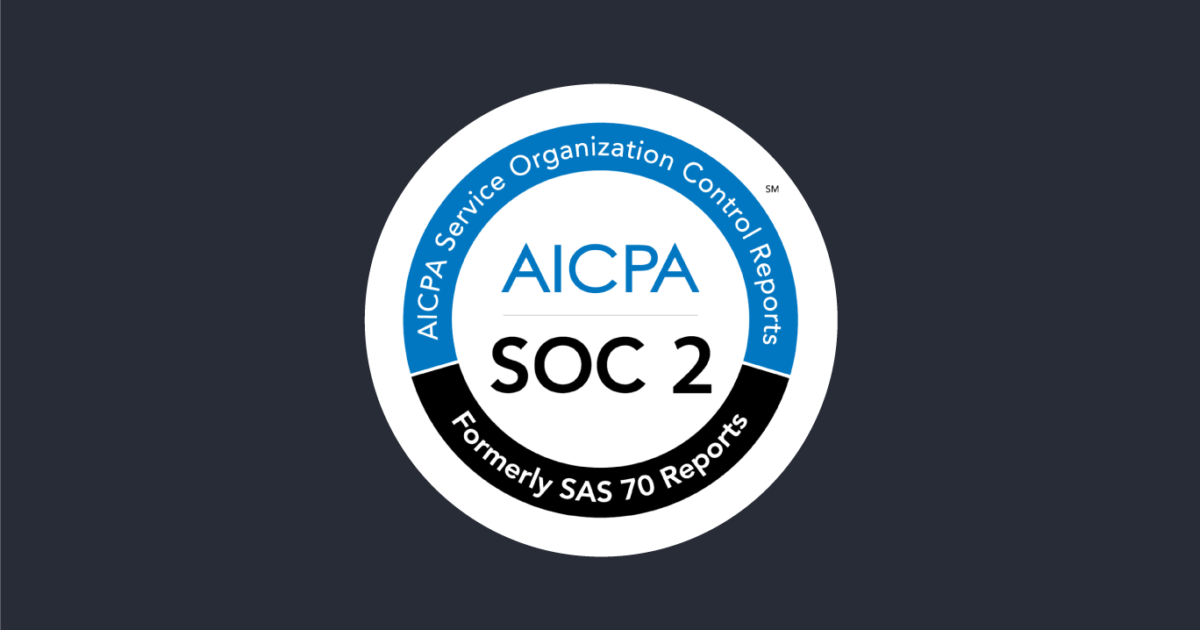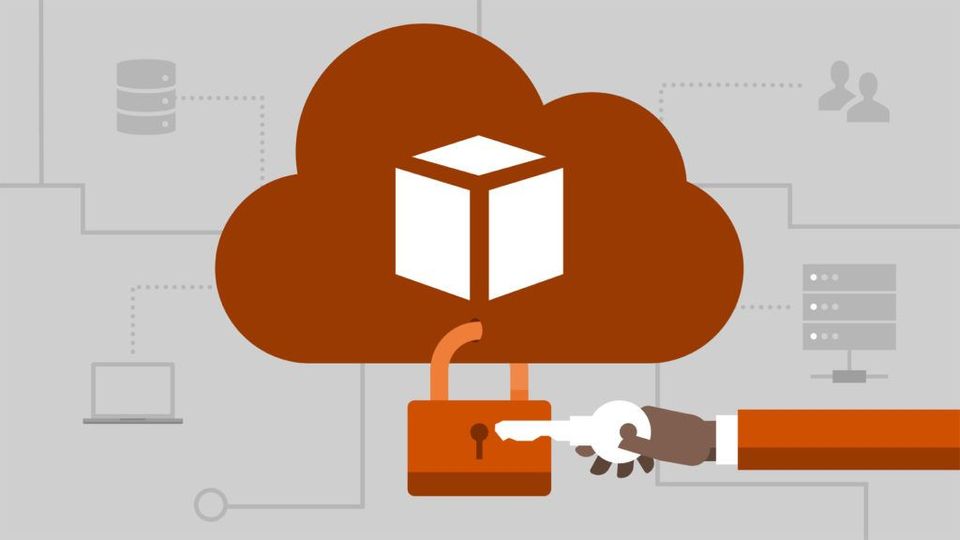SOC 2: Importance of Stakeholders Collaboration

Involving all relevant stakeholders in the SOC 2 implementation process is essential for ensuring that your controls are effective and aligned with your business objectives. By including all stakeholders, you can ensure that you are addressing the needs of all relevant parties and building a strong foundation for your SOC 2 efforts.
Here are a few steps you can take to include all stakeholders in the SOC 2 implementation process:
- Identify all relevant stakeholders: Start by identifying all stakeholders who may be affected by the SOC 2 implementation process. This may include employees, customers, partners, and other relevant parties.
- Engage stakeholders early in the process: Engage stakeholders early in the process to ensure that their needs and concerns are taken into account. This may involve holding meetings or workshops to gather input and feedback.
- Communicate regularly: Keep stakeholders informed about the progress of the implementation process and any changes or updates that may affect them. This will help ensure that everyone is aligned and working towards the common goal of completing the implementation successfully.
- Seek feedback: Solicit feedback from stakeholders throughout the implementation process to ensure that their needs are being met. This may involve surveying stakeholders or holding focus groups to gather input.
- Involve stakeholders in testing: Involving stakeholders in testing your controls can help ensure that they are effective and meet the needs of all relevant parties. This may involve engaging stakeholders in user acceptance testing or other forms of testing.
All stakeholders in the SOC 2 implementation process is essential for building a strong foundation for your efforts. By engaging stakeholders early and communicating regularly, you can ensure that their needs are being met and that your controls are effective and aligned with your business objectives.
Human Resources Collaboration
Human resources (HR) collaboration is vital for the SOC 2 implementation process for several reasons. First and foremost, HR plays a critical role in ensuring that the organization's employees are trained and aware of their responsibilities related to cybersecurity and data protection. This includes providing training on relevant policies and procedures, as well as ensuring that employees understand their role in protecting sensitive information.
HR is also responsible for managing employee access to systems and data. This includes implementing controls such as authentication and authorization to ensure that only authorized employees have access to sensitive information. HR can work with IT and security teams to ensure that these controls are effective and aligned with the organization's security policies.
In addition, HR plays a key role in incident response and breach management. If a security incident occurs, HR is responsible for coordinating with relevant stakeholders to investigate the incident and implement corrective action. This may involve conducting an incident response drill to test the organization's readiness and identify any areas for improvement.
HR collaboration is vital for the SOC 2 implementation process because it helps ensure that the organization's employees are trained and aware of their responsibilities related to cybersecurity and data protection. It also plays a critical role in managing employee access to systems and data and coordinating incident response and breach management efforts. By working closely with other stakeholders, HR can help ensure that the organization is well-prepared for a SOC 2 audit and demonstrates a strong commitment to cybersecurity and data protection.
Information Technology Collaboration
Information technology (IT) collaboration is vital for the SOC 2 implementation process because it plays a critical role in ensuring that the organization's systems and controls are aligned with the relevant trust principles. This includes designing, implementing, and maintaining controls related to security, availability, processing integrity, confidentiality, and privacy.
IT is responsible for managing the organization's network infrastructure, including firewalls, routers, and other security controls. It is also responsible for managing access to systems and data, including implementing controls such as authentication and authorization to ensure that only authorized users have access to sensitive information.
In addition, IT plays a key role in incident response and breach management. If a security incident occurs, IT is responsible for coordinating with relevant stakeholders to investigate the incident and implement corrective action. This may involve conducting an incident response drill to test the organization's readiness and identify any areas for improvement.
Overall, IT collaboration is vital for the SOC 2 implementation process because it helps ensure that the organization's systems and controls are effective and aligned with the relevant trust principles. It also plays a critical role in managing access to systems and data and coordinating incident response and breach management efforts. By working closely with other stakeholders, IT can help ensure that the organization is well-prepared for a SOC 2 audit and demonstrates a strong commitment to cybersecurity and data
Infrastructure Collaboration
Infrastructure collaboration is vital for the SOC 2 implementation process because it plays a critical role in ensuring that the organization's systems and controls are aligned with the relevant trust principles. This includes designing, implementing, and maintaining controls related to security, availability, processing integrity, confidentiality, and privacy.
Infrastructure is responsible for managing the organization's physical and virtual infrastructure, including servers, storage systems, and other hardware and software components. It is also responsible for managing access to systems and data, including implementing controls such as authentication and authorization to ensure that only authorized users have access to sensitive information.
In addition, infrastructure plays a key role in incident response and breach management. If a security incident occurs, infrastructure is responsible for coordinating with relevant stakeholders to investigate the incident and implement corrective action. This may involve conducting an incident response drill to test the organization's readiness and identify any areas for improvement.
Infrastructure collaboration is vital for the SOC 2 implementation process because it helps ensure that the organization's systems and controls are effective and aligned with the relevant trust principles. It also plays a critical role in managing access to systems and data and coordinating incident response and breach management efforts. By working closely with other stakeholders, infrastructure can help ensure that the organization is well-prepared for a SOC 2 audit and demonstrates a strong commitment to cybersecurity and data protection.
Software Engineering Collaboration
Software engineering collaboration is vital for the SOC 2 implementation process because it plays a critical role in ensuring that the organization's systems and controls are aligned with the relevant trust principles. This includes designing, implementing, and maintaining controls related to security, availability, processing integrity, confidentiality, and privacy.
Software engineering is responsible for developing and maintaining the organization's software systems, including applications and databases. This includes implementing controls such as input validation, access controls, and encryption to protect sensitive information.
In addition, software engineering plays a key role in incident response and breach management. If a security incident occurs, software engineering is responsible for coordinating with relevant stakeholders to investigate the incident and implement corrective action. This may involve conducting an incident response drill to test the organization's readiness and identify any areas for improvement.
Software engineering collaboration is vital for the SOC 2 implementation process because it helps ensure that the organization's systems and controls are effective and aligned with the relevant trust principles. It also plays a critical role in protecting sensitive information and coordinating incident response and breach management efforts. By working closely with other stakeholders, software engineering can help ensure that the organization is well-prepared for a SOC 2 audit and demonstrates a strong commitment to cybersecurity and data protection.
C-Level Collaboration
C-level (i.e., executive level) collaboration is vital for the SOC 2 implementation process because it helps ensure that the organization is committed to cybersecurity and data protection at the highest levels of the organization. This includes establishing a culture of security within the organization and making sure that resources are allocated to support the implementation of effective controls.
C-level executives are also responsible for setting the overall direction and strategy of the organization, and the implementation of SOC 2 controls should be aligned with these objectives. This may involve establishing clear policies and procedures related to cybersecurity and data protection and ensuring that they are communicated effectively to all relevant stakeholders.
In addition, C-level executives play a key role in incident response and breach management. If a security incident occurs, they are responsible for coordinating with relevant stakeholders to investigate the incident and implement corrective action. This may involve conducting an incident response drill to test the organization's readiness and identify any areas for improvement.
C-level collaboration is vital for the SOC 2 implementation process because it helps ensure that the organization is committed to cybersecurity and data protection at the highest levels of the organization. It also plays a critical role in setting the overall direction and strategy of the organization and coordinating incident response and breach management efforts. By working closely with other stakeholders, C-level executives can help ensure that the organization is well-prepared for a SOC 2 audit and demonstrates a strong commitment to cybersecurity and data protection.



